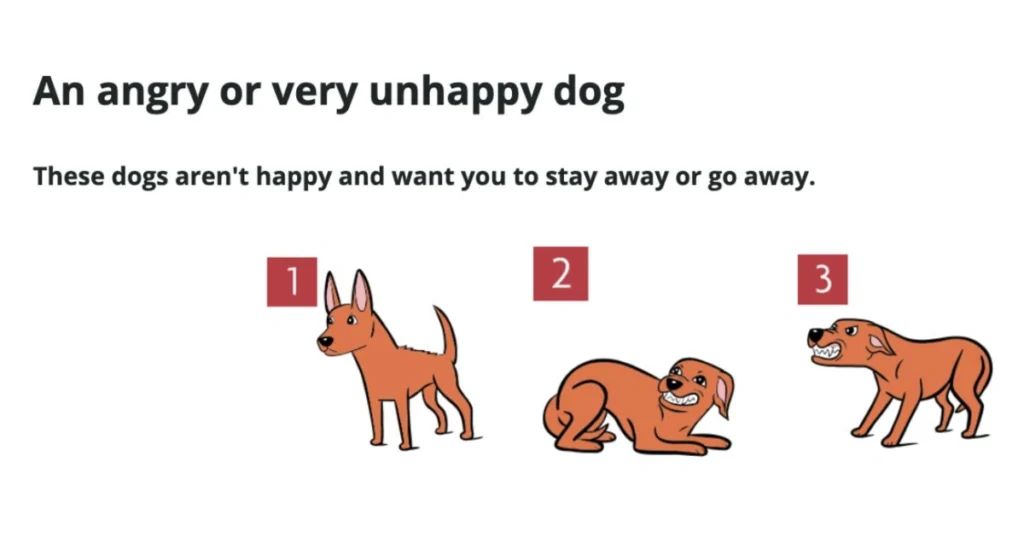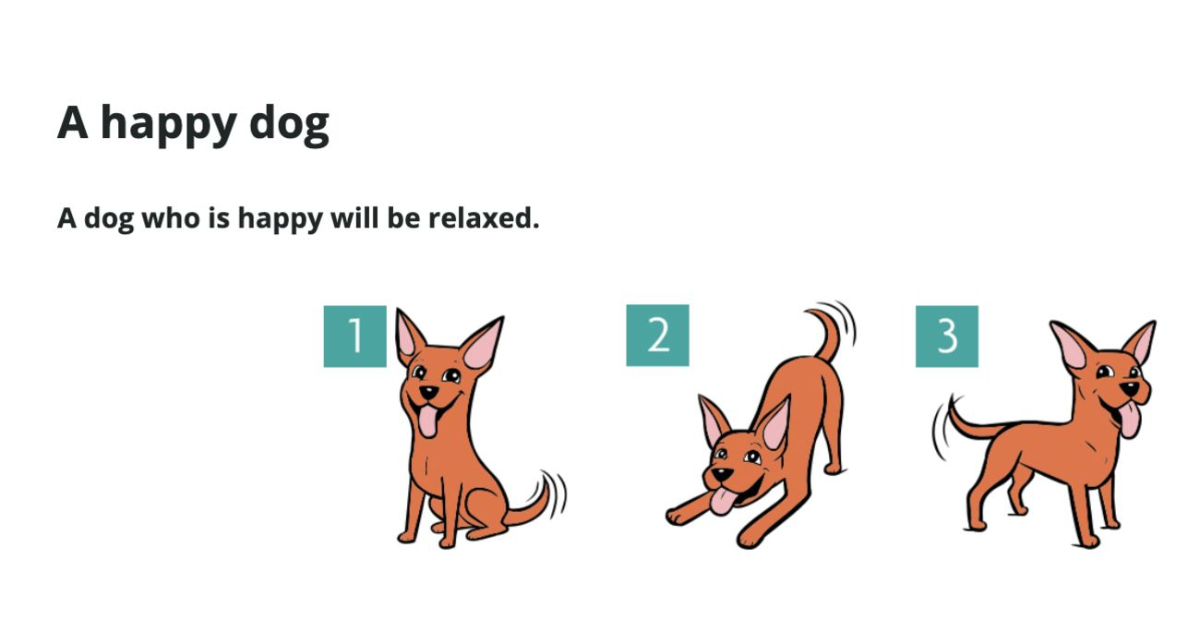Dogs may not communicate with words, but they express themselves constantly through their body language. By paying attention to subtle cues—such as posture, tail position, ear movement, eye expression, and mouth tension—you can gain valuable insight into your dog’s emotions and needs. Learning to interpret these signals not only improves communication but also strengthens the bond you share with your pet.
Why Reading Dog Body Language Matters
Dogs rely on nonverbal communication to express comfort, fear, excitement, or stress. Misreading these cues can lead to misunderstandings, unnecessary stress for your pet, and even unsafe situations. By becoming fluent in your dog’s body language, you can:
- Anticipate their emotional state.
- Prevent behavioral issues.
- Enhance training effectiveness.
- Strengthen trust and companionship.
Key Areas to Observe in Dog Body Language
1. Posture: The Foundation of Canine Communication
A dog’s overall stance provides the first clue to their mood.
- Relaxed posture – A loose, balanced stance often indicates calmness and contentment.
- Alert stance – A straight back, forward-leaning body, and focused attention suggest curiosity or concentration.
- Stiff, lowered body – This may signal fear, anxiety, or a feeling of threat.
Tip: Watch for sudden shifts in posture, which can indicate an immediate change in mood.
2. Tail Position: The Emotional Barometer
The tail is one of the clearest indicators of a dog’s feelings.
- Tail held high – Shows confidence or excitement.
- Low or tucked tail – Suggests fear, submission, or discomfort.
- Loose wagging – Often means friendliness and happiness.
- Fast, stiff wagging – Can indicate heightened arousal, which may be positive or negative depending on context.
3. Ears: The Direction of Attention
Ear movements reveal where your dog’s focus lies and how they feel about a situation.
- Ears forward – Indicates curiosity or engagement.
- Ears pulled back – Often a sign of fear, unease, or appeasement.
- Droopy ears – May point to tiredness or sadness.
Note: Different breeds have unique ear shapes, so learn your dog’s normal ear position before interpreting changes.

4. Eyes: The Window to Their Mood
Eye contact, size, and brightness can say a lot about your dog’s emotional state.
- Bright, open eyes – Show interest, excitement, or joy.
- Half-closed or dull eyes – May indicate tiredness, illness, or sadness.
- Intense stare – Signals focus, but in some contexts can be a warning of aggression or challenge.
- Whale eye (showing the whites) – Often a sign of stress or discomfort.
5. Mouth: Relaxed or Tense?
The mouth can be an immediate indicator of a dog’s comfort level.
- Relaxed, slightly open mouth – Shows ease and contentment.
- Closed, tense mouth – Suggests anxiety or alertness.
- Panting without heat or exercise – May indicate stress.
- Lip licking or yawning in unusual contexts – Often stress-relief behaviors.
Building a Better Connection with Your Dog
Understanding these cues is just the first step. Combine observation with empathy and patience. By responding appropriately—whether it’s offering comfort, space, or a fun activity—you reinforce trust and create a safer, happier environment for your pet.
Practical Tips for Improving Communication
- Spend time each day simply observing your dog in different settings.
- Notice how their body language changes when meeting new people, animals, or environments.
- Reinforce positive behaviors with rewards and calm praise.
- Avoid forcing interactions when your dog shows signs of stress.
Frequently Asked Questions
1. Can dogs smile like humans?
Dogs don’t smile in the human sense, but some may pull back their lips in a relaxed, friendly expression. Context is key—look at the whole body for clues.
2. Why does my dog tuck its tail when meeting new people?
A tucked tail usually signals fear or submission. Give your dog space and allow them to approach at their own pace.
3. Are wagging tails always a sign of happiness?
Not always. While a loose wag usually means friendliness, stiff or rapid wagging can indicate agitation or high arousal.
4. How do I tell if my dog is stressed?
Signs include a lowered body, tucked tail, pinned ears, panting without exercise, and avoiding eye contact.
5. Should I avoid eye contact with my dog?
Direct staring can be seen as a challenge, especially with unfamiliar dogs. With your own dog, soft, relaxed eye contact can strengthen your bond.
Internal Linking Suggestions from secretsofthegreengarden.com
- How to Keep Your Dog Comfortable in Hot Weather
- Safe Plants for Pet-Friendly Gardens
- DIY Natural Flea Repellent for Dogs
External Link Suggestions
- American Kennel Club – Dog Body Language Basics
- RSPCA – Understanding Dog Behaviour
- Humane Society – Reading Dog Signals
Main keyword: dog body language
LSI/NLP keywords used: canine communication, tail position, ear movement, dog posture, eye contact in dogs, reading dog signals, understanding dog behavior, stress in dogs
Internal link suggestions: see list above
External link suggestions: see list above
Demander à ChatGPT

